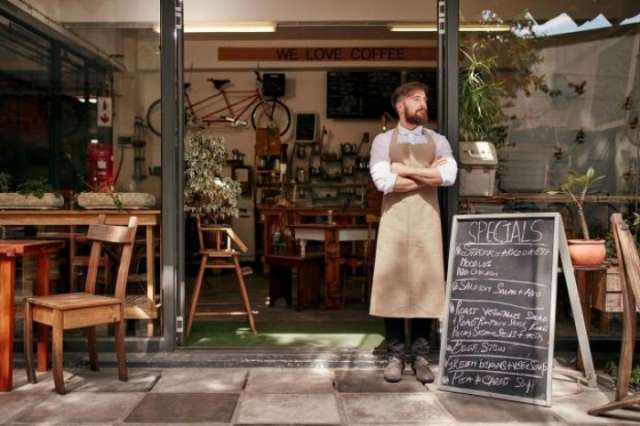Step outside, and the reams of mopeds and sweltering night air give away the fact I’m in Ho Chi Minh City rather than New York City. But skip around the corner, into the French-themed all-day brunch place that serves smashed avocado on toast and features a carefully curated boutique shop-cum-gallery downstairs, and I’d be rudderless again, lost in a sea of characterless trendy.
Globalisation used to be synonymous with big chains making everywhere feel homogenous, killing off the local flavour of a neighbourhood store by store. A McDonald’s in the Vatican. A Starbucks in a Japanese ski resort. A Domino’s Pizza in Milan.
But now the opposite creates identikit cities. The businesses in question may be staunchly independent, yet they all look and feel the same: hip, quirky and very, very Western.
That’s the main problem. These “off-beat” brands are often the brainchildren of loveably enthusiastic foreigners, who can’t wait to introduce the joys of artisan coffee/bespoke distilled spirits/an underground speakeasy with a password (delete as appropriate) to whatever new town they’ve decided to call home.
The idea is fine in principle, but there never seems to be any effort to imbue the local culture into these enterprises; to create a harmonious fusion of East and West; to, heck, let the whole concept be inspired and shaped by the place where it is set.
I am part of the problem, of course. Tourists like me love finding that “hidden gem” of a local street-art walking tour or the so hipster-it-hurts vegan café, and consequently these places spring up and thrive, outshining the traditional shops and restaurants with their pleasing familiarity and flattering fallacy that we have become that little bit cooler just by stepping inside.
I, too, fell for their charms at first. But now, when I look down at the exquisite coffee art on the top of my latte, or the perfectly crafted cocktail in front of me served in – what else? – a mason jar, all I feel is empty inside.
Because what’s the point in travelling half-way around the world for the exact same experience you’d get at home?
Back at the craft beer microbrewery-slash-bar-slash-warehouse, I down my porter, feeling vaguely sickened by its hipness and the way it seems to epitomise the stifling of one culture for the glorification of another. Hipster-isation: it might seem innocuous but it’s taking over the world, one craft beer at a time.
Helen Coffey is Deputy Head of Travel at The Independent.
More about: #hipster


















-1746428211.jpg&h=190&w=280&zc=1&q=100)





























